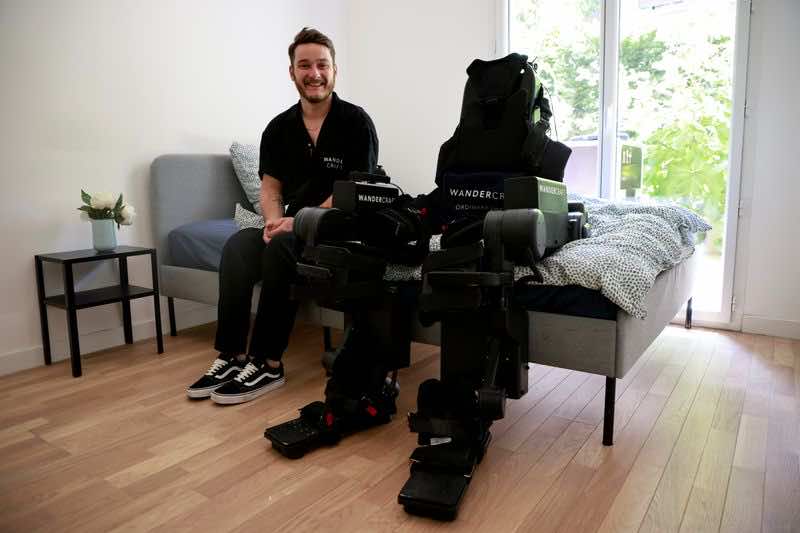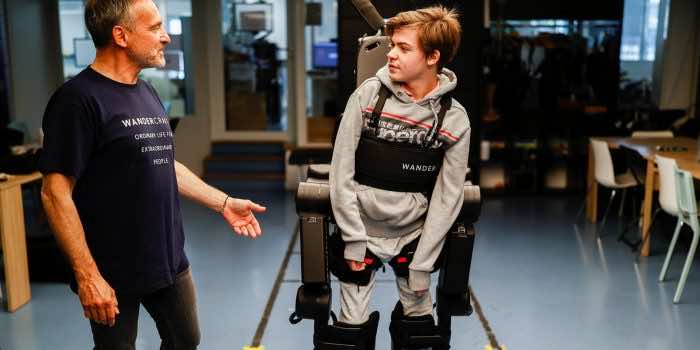With the passage of time, the world is drifting closer to making itself into a convenient and ableist place for differently-abled people. It is definitely moving in that direction; however, the pace is still very slow and during this time of revolution, people who are marginalized in the society just because of their physical disabilities have their rights violated. There is a myriad of opportunities that they have to let go of just because the system does not approve of it or does not know how to be more inclusive. This is where people step in and create spaces for themselves.

Recently, a father designed a robotic exoskeleton for his son to help him stand up; something he could not do on his own before. The son’s name is Oscar Constanza, and he is 16 years old. He has a genetic neurological condition that does not send signals from his brain to his legs that are strong enough to generate movement.
Now, he can wear the exoskeleton and command it to stand up and walk. This allows him to stand up, walk, and turn around in a room. His father is the co-founder of the company, Wandercraft, in Paris. Being a robotic engineer, he was often questioned by his son to make something that would help him walk. He listened to his son and delivered a promise.
Nowadays, excessive work is being done on designing exoskeletons for disabled people and for factory workers, to relieve them of the stress of their physical work. His father stated that soon there will be no wheelchairs within a decade, and people will be walking with the help of exoskeletons instead of other means of assistance.

These exoskeletons are already dispersed in the market and sold in France, Luxembourg, and the United States for $176, 000 for one product. They are being designed more smartly so they can be used for everyday working. They need to be lighter and slimmer for that. Besides his son, a 33-year-old, Kevin Piette is also a user of this machine and loves it.


